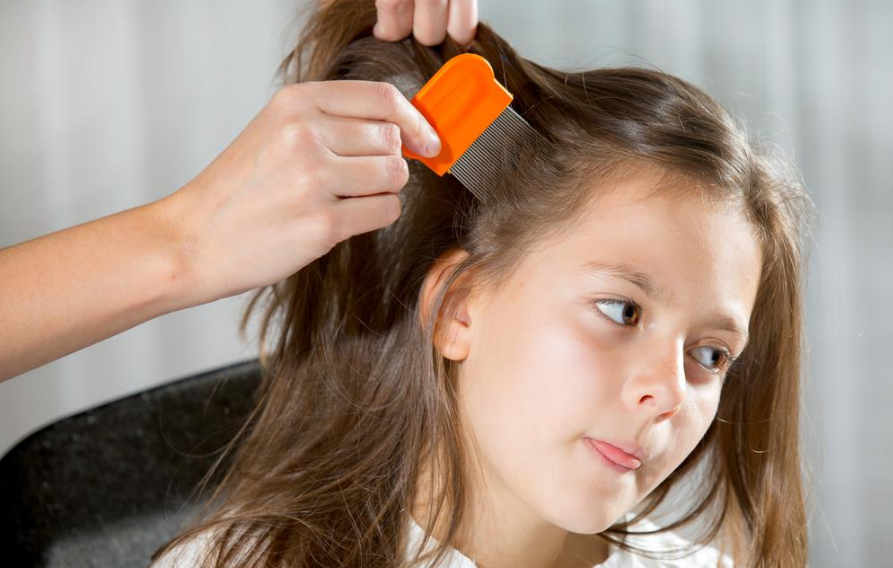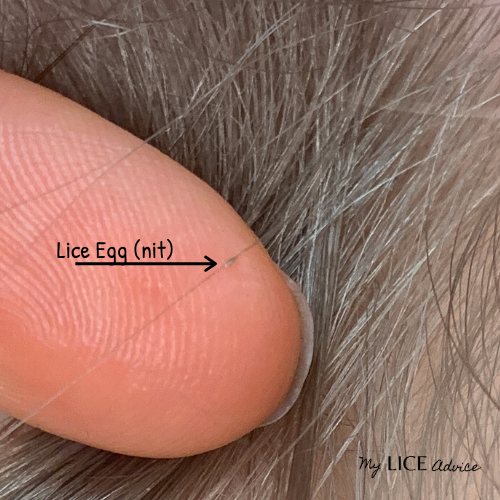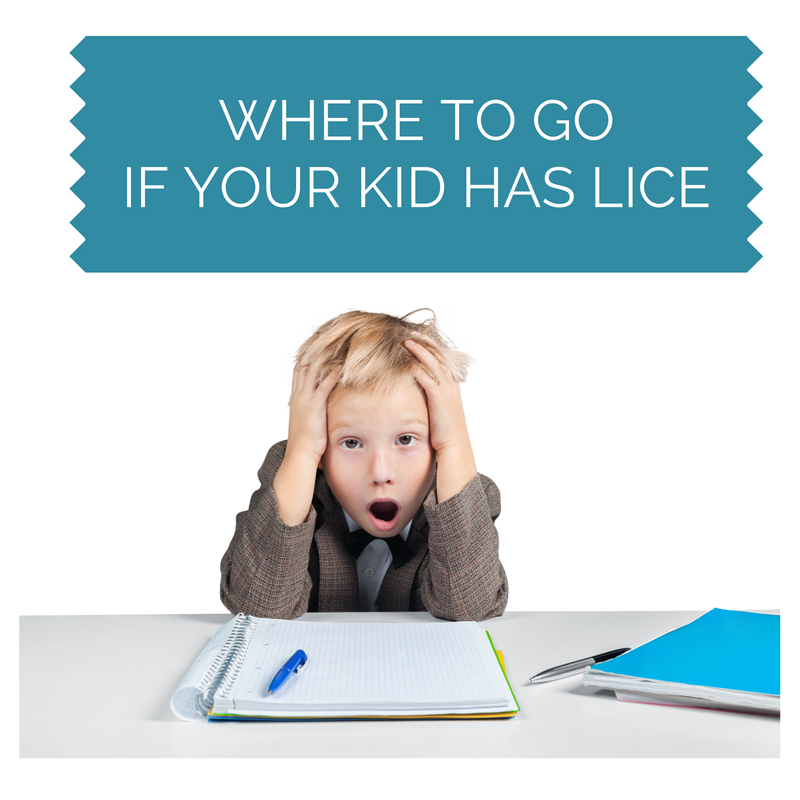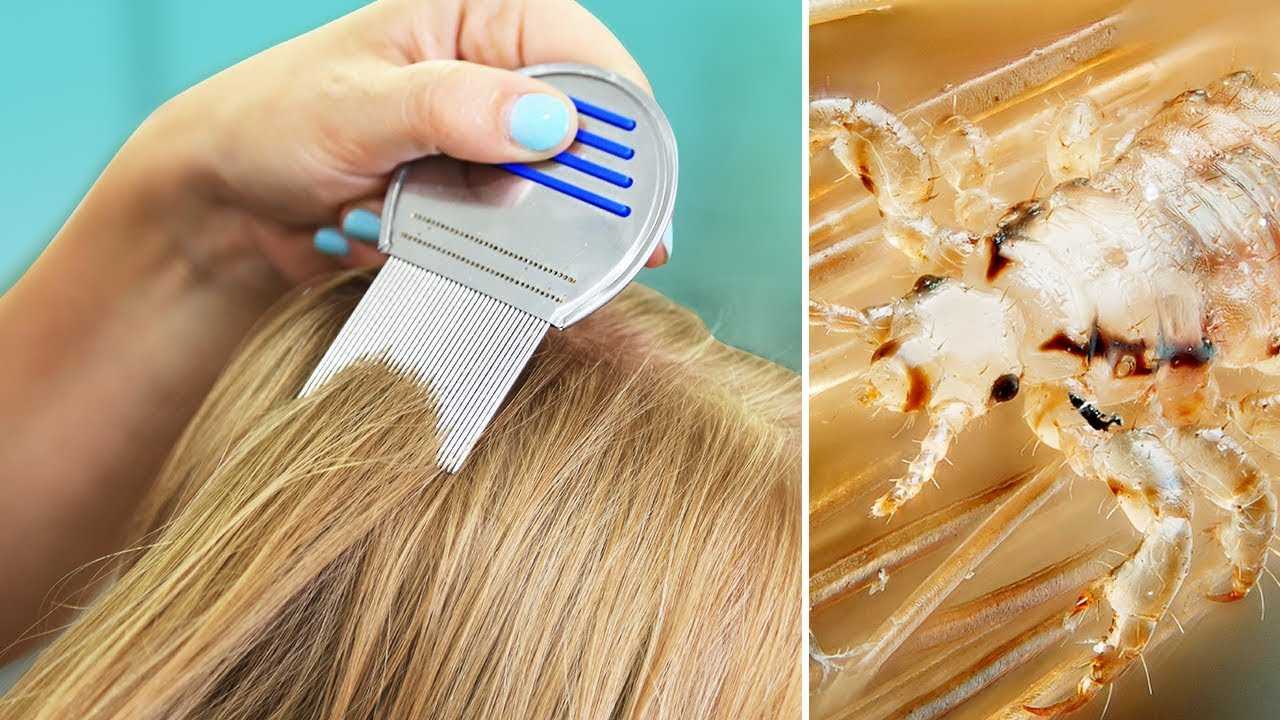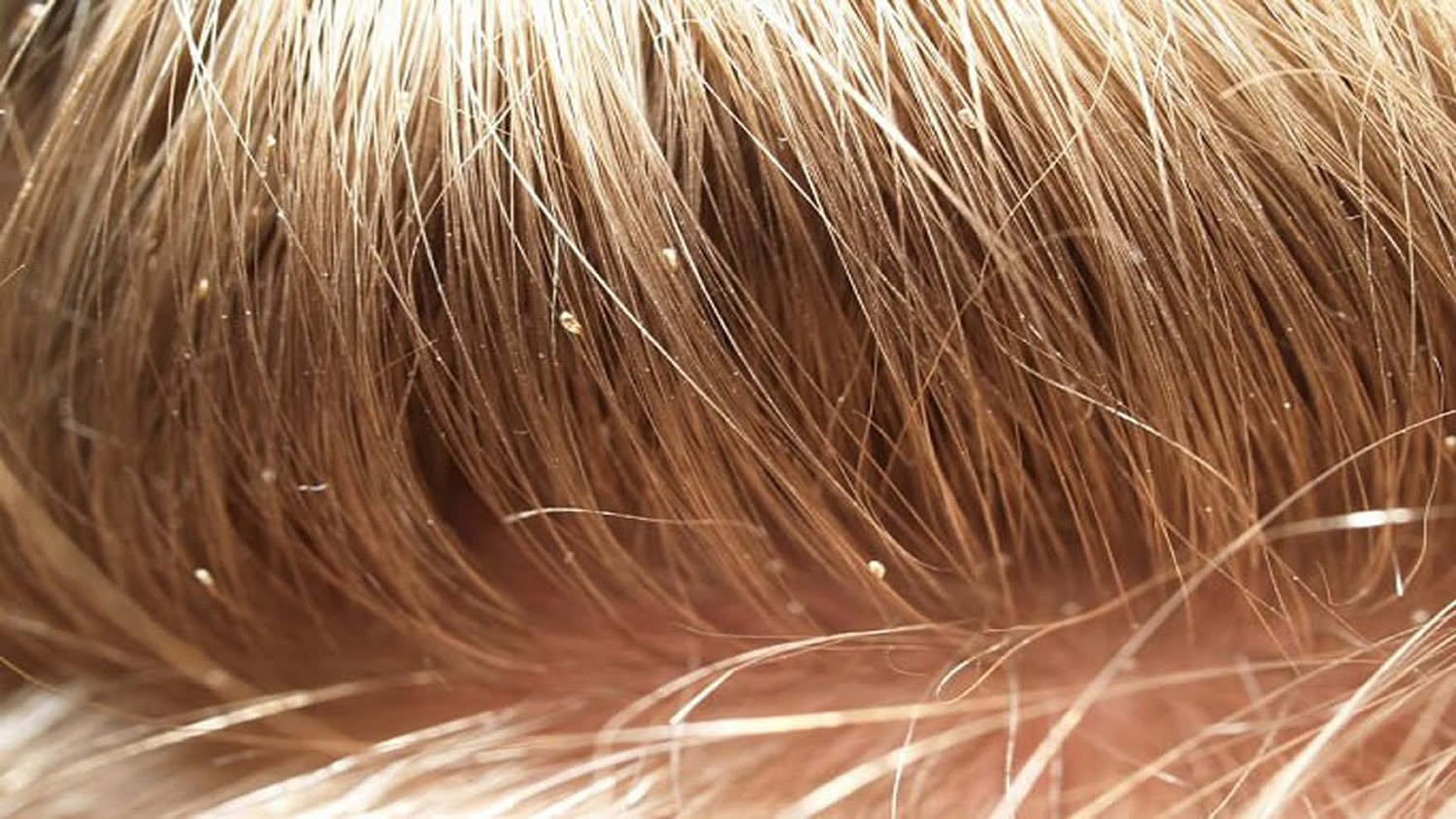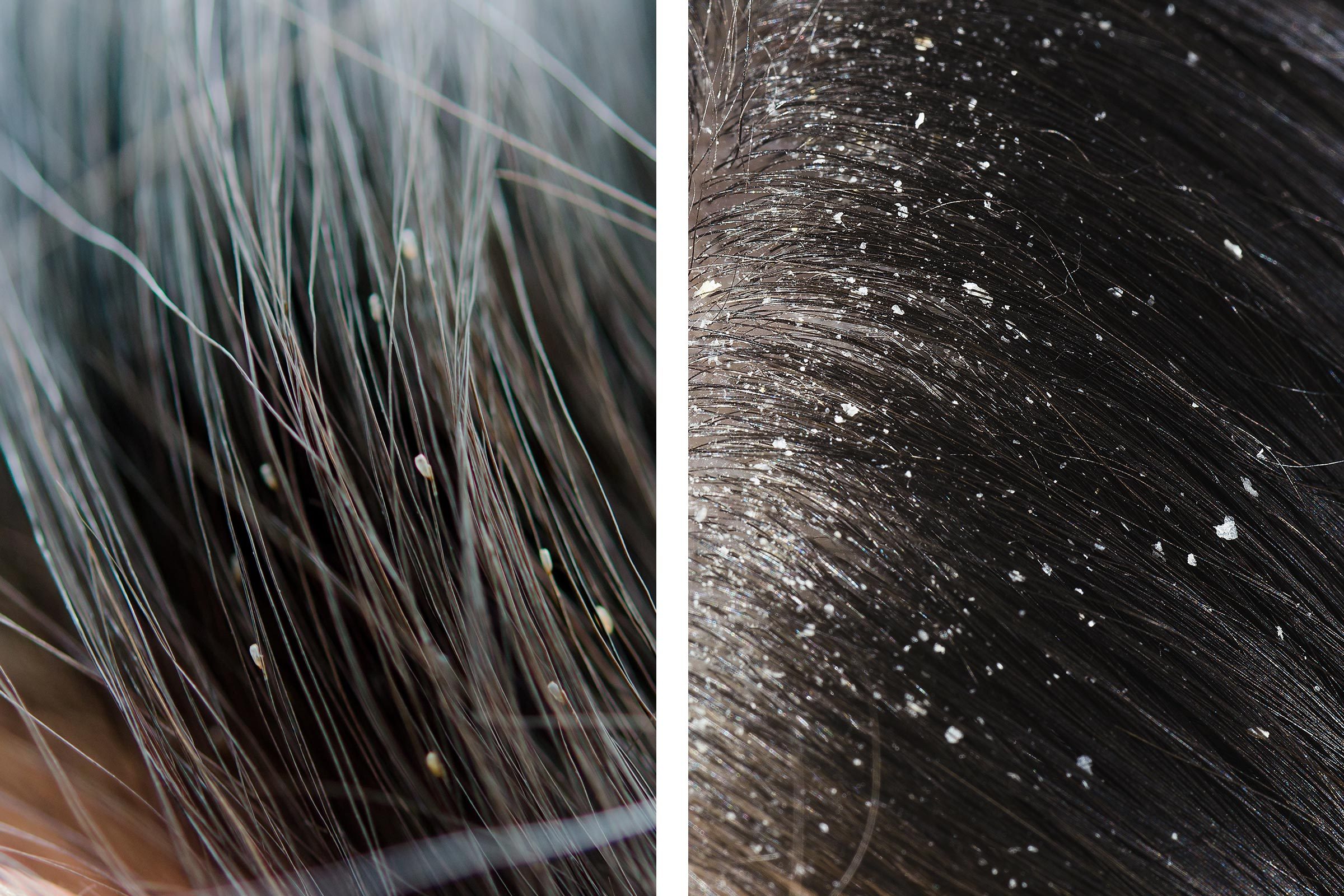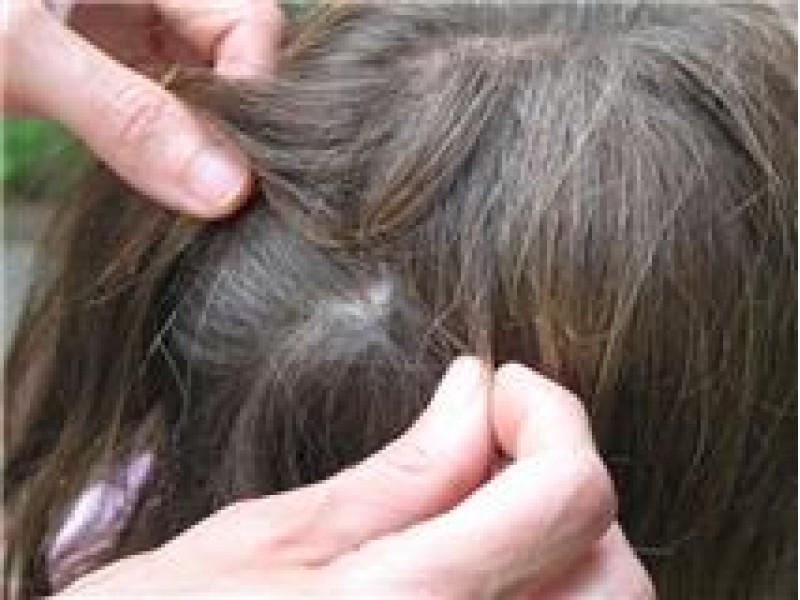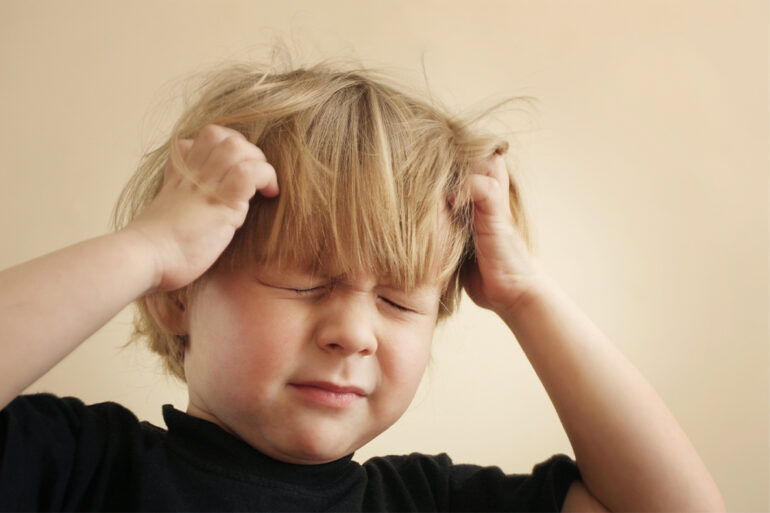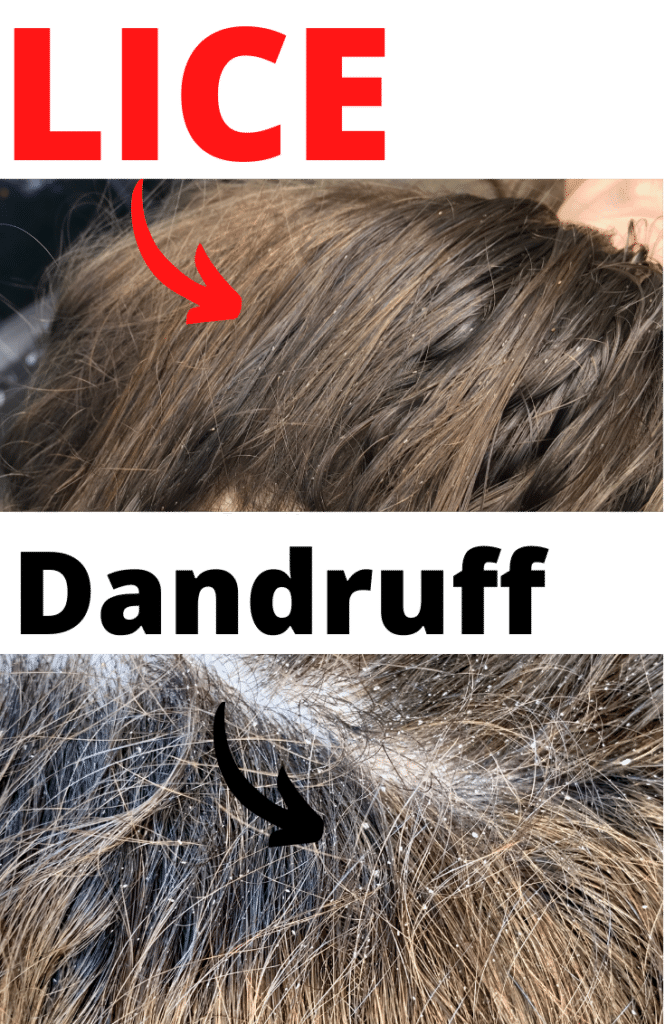Build A Info About How To Tell If Your Child Has Lice

When these tiny mites infect the scalp and skin, they trigger intense itching and may.
How to tell if your child has lice. However, other conditions, including dandruff and scalp. Tiny red bumps on the scalp. Check for itching of the scalp.
The most common symptom of head lice is itching. Head lice don’t jump, they don’t live on pets and they. Head lice ( pediculus humanus capitis ) are wingless insects that feed off human blood on the.
Head lice can make the head feel itchy or as if something is moving in the hair. There are 5 simple steps for checking for lice. Know how head lice spread.
The most definitive sign of lice is seeing a louse on the scalp. If you're still not sure whether your child has head lice, your healthcare provider can help with a diagnosis. If he chooses to file a bond, he will.
With lice bites come itching and scratching. If your child has head lice, you might notice your child itching and scratching, especially around the back of their neck and behind their ears. Check if it's head lice.
The most common symptom of any type of lice is itching. Lice or their eggs (nits) can usually be seen on the hair, behind the ears, or on. Learn how to recognize and treat head lice and nits on your child's hair with this guide from a pediatrician.
Head lice are wingless insects roughly the size, shape, and color of a sesame seed. You can tell lice from dandruff or seborrheic dermatitis — an itchy skin condition — because dandruff flakes brush off (eggs don’t) and dermatitis causes. You might notice your child scratching at his or her head a lot, especially around the ears or neck.
The most common symptom of lice is an itchy scalp. Children's health guide. Find out how to check for live lice and nits, how to prevent.
Itching is the most common sign of a lice infestation, caused by a reaction to lice saliva. What are the signs your child has head lice? However, the only way to be sure your.
They can be difficult to spot in your hair. Sometimes there are no symptoms at. This is due to a reaction to the saliva (spit) of lice.



